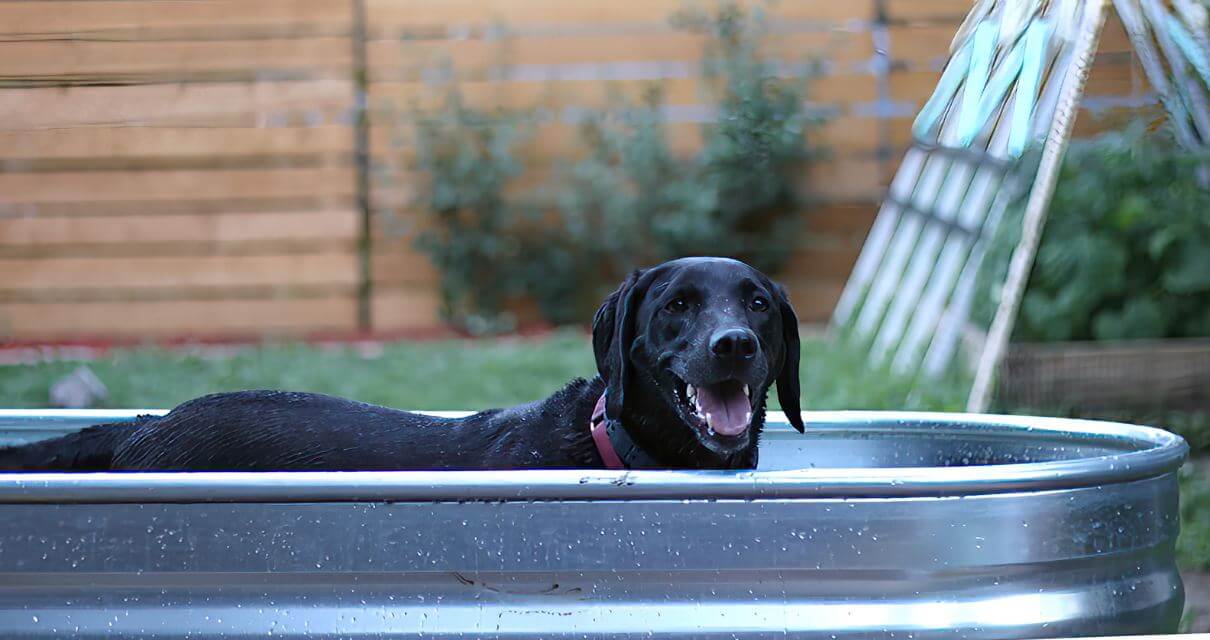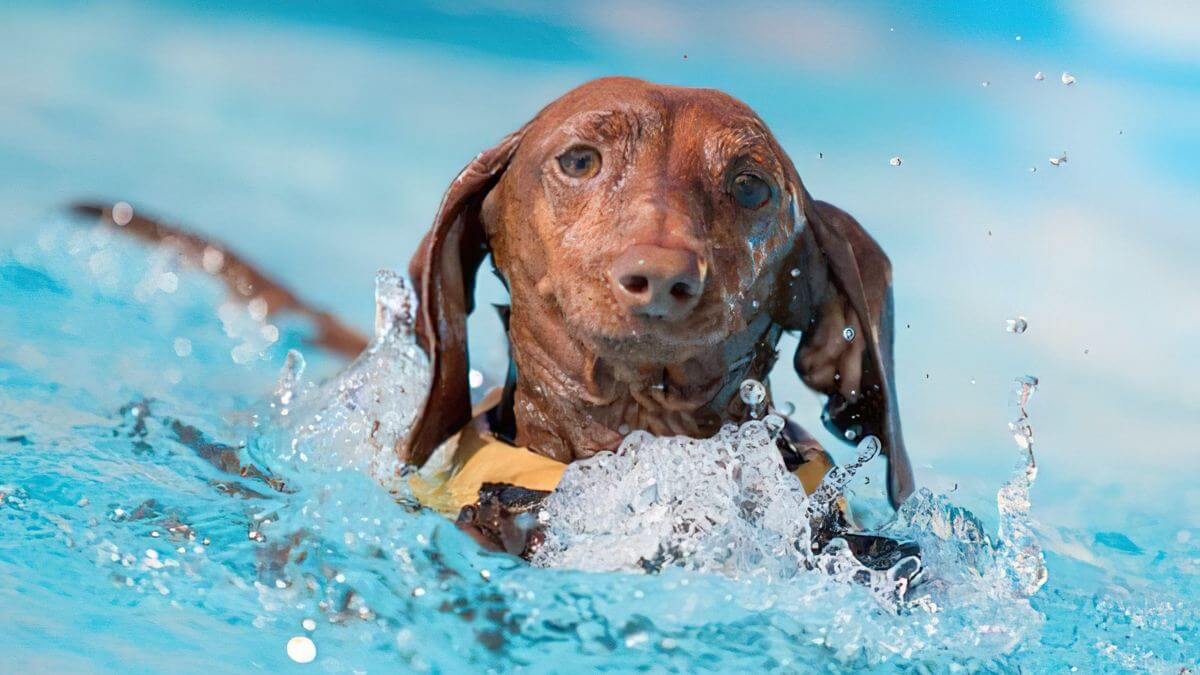No Hot Dogs, Please!
Not the kind you eat—you can make your own decisions about that! I’m talking literally: hot… dogs.
Maybe you are thinking, “Oh gosh, I already know everything about this topic: Don’t leave your dog in the car, dogs have less efficient cooling mechanisms than people, blah, blah, blah.” Well, bear with me, because there are a couple of new studies that just might surprise you. In fact, they might just save your dog’s life.
How Do Dogs Overheat?
There are just two basic ways your dog can become a hot dog—from external or internal factors.
External Factors. This is the cause of overheating that we think of most often—dogs exposed to high temperatures and/or humidity, such as dogs left in cars or left out in a yard without shade.
Internal Factors. Exercise generates heat. Muscle contraction and movement of the musculoskeletal system produce a tremendous amount of heat! In one study, 70% of dogs admitted to the ER with heatstroke were affected because of intense activity, not the ambient temperatures. Of course, if your dog is exercising in hot/humid temperatures, the risk of heat stroke is greatly amplified!
In one study, 70% of dogs admitted to the ER with heatstroke were affected because of intense activity, not the ambient temperatures.
The Discomfort Index
There is a formula that takes temperature and humidity into account and produces a number called the Discomfort Index, or DI. At this link: https://calculator.academy/discomfort-index-calculator/, just plug in the current temperature and humidity and it will give you the corresponding DI—pretty cool (or maybe not)! One study showed that dogs are quite comfortable when the DI is less than 22, they are moderately uncomfortable when the DI is 22 to 28, and very uncomfortable when it’s above 28.
How Do Dogs Cool?
We all know that the most important cooling system for dogs is evaporation of moisture from the upper respiratory tract—the mouth, nasal passages, pharynx, larynx, etc. A second way that dogs cool is by dilating the blood vessels under the skin and expelling the heat from the vascular system through the skin. This second method is very inefficient, however, because dogs do not have very many blood vessels under their skin over much of their body, except the groin area. That is the best place to target if you need to take advantage of this cooling mechanism in a dog that is suffering from heatstroke.
Why Are Some Dogs More Susceptible to Heat?
Genetics. Susceptibility to overheating is partly genetic—a study of elite and poor-performing Alaskan Huskies identified a single region in the genome that was associated with heat tolerance. Physical Structure. Physical characteristics are also associated with the ability of dogs to cool. In one study, brachycephalic dogs (dogs with short faces, such as Pugs, Shih Tzu, etc.) were shown to have poorer cooling mechanisms than non-brachycephalic dogs. This is not surprising given that brachycephalic breeds have a shorter upper respiratory tract and often have folds of extra tissue in the oropharynx that can interfere with air flow. Body Condition. The more surprising result of the above study was that poor body condition was more important than brachycephaly in a dog’s inability to cool. The higher the dog’s BCS, the warmer they got during exercise and the lower their tidal volume (air flow into the lungs) was. In addition, obese dogs are more likely to die if they do experience heatstroke. There’s yet another reason to keep your dog fit!
Track Your Dog’s Heat Susceptibility
I recommend keeping a record of your dog’s heat susceptibility. This is a simple matter of recording the following each time you take your dog outside:
- Dog’s Name
- Date and Time
- Temperature, Humidity & DI
- # Minutes of Exercise
- Strenuousness of Exercise (on a scale of 1 to 3)
- Dog’s Distress Level (on a scale of 1 to 3, where 1 is slightly panting, 2 is moderate panting, and 3 is panting with the tongue curled).
After a few outings, you’ll have a pretty good idea of how much of what type of exercise will be best for your individual dog given the current DI.
What’s the Best Way to Cool a Dog?
A recent study compared three mechanisms for cooling dogs after 15 minutes of treadmill exercise in a room at 30 degrees C (86 degrees F). Dogs that were dipped in water for 5 minutes at ambient temperature cooled to normal body temperature in 16 minutes. Dogs that were placed in a kennel on a cooling mat at 4 degrees C (39 degrees F) with a fan took 36 minutes to cool. And dogs that were just in a kennel with a fan took 48 minutes to cool down. The authors suggested that water immersion is a method for not only treating but also for preventing overheating when dogs exercise. They suggested having a dipping tank available whenever dogs are doing intensive exercise that might put them at risk for heatstroke. This is a great reason for outdoor training facilities or show sites where dogs are doing intensive activity, such as herding, to invest in a pool or stock tank large enough for the dogs to be immersed if there is no access to air-conditioning.












